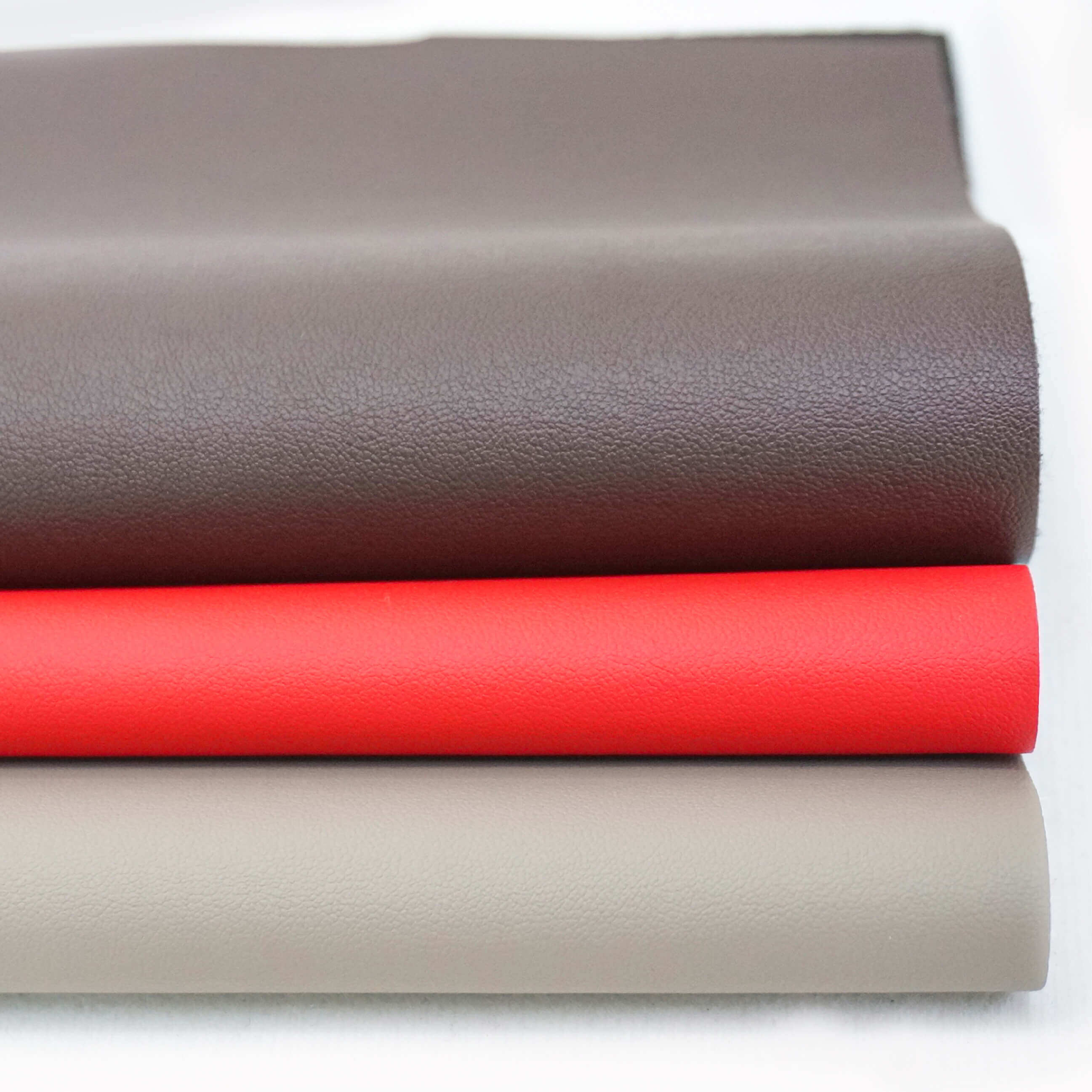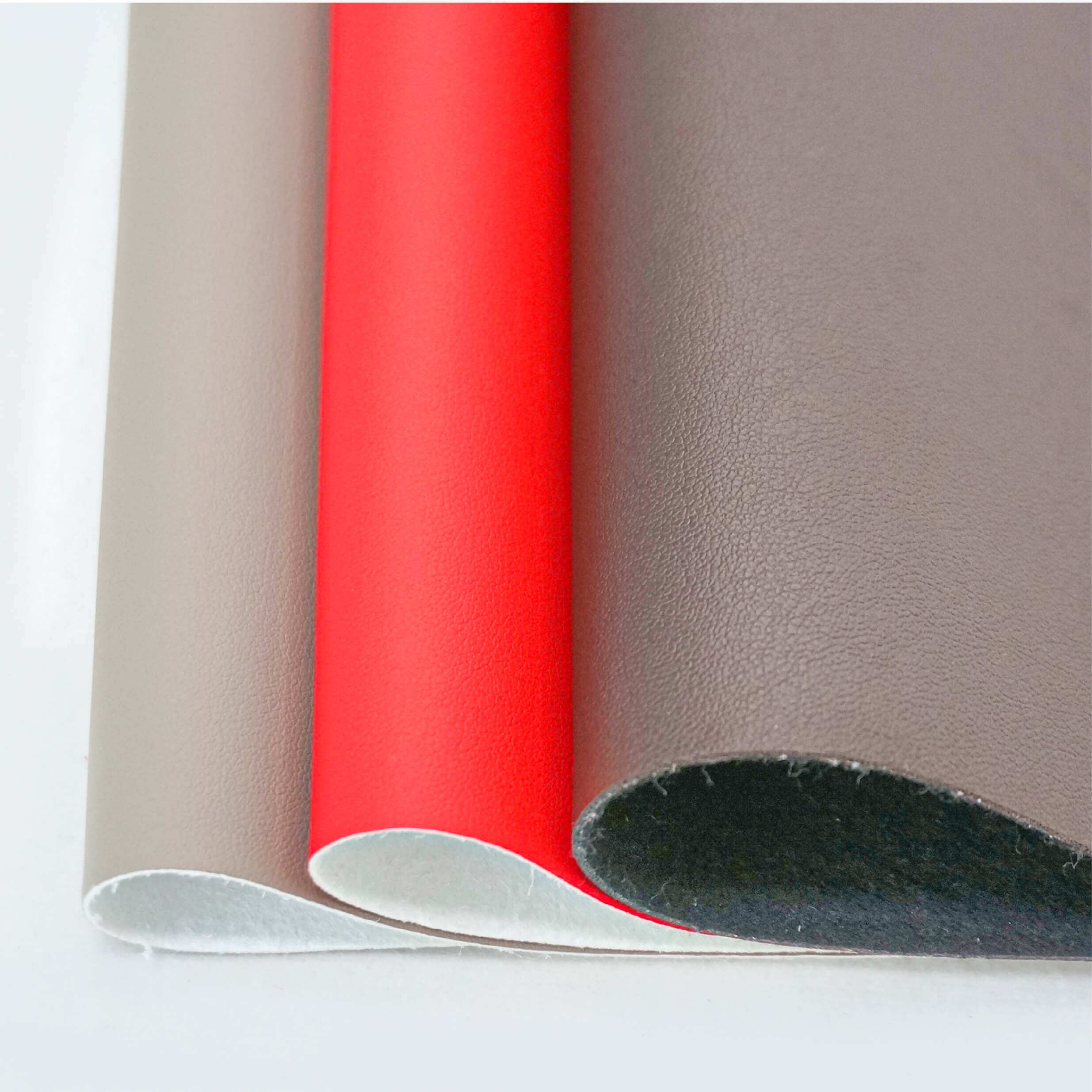Email format error
Email cannot be empty
Email already exists
6-20 characters(letters plus numbers only)
The password is inconsistent
Email format error
Email cannot be empty
Email does not exist
6-20 characters(letters plus numbers only)
The password is inconsistent

News

How to Choose the Right Type of Leather for Your Furniture
Introduction: The Leather Dilemma
When it comes to selecting furniture that will grace your living spaces, few materials evoke the same sense of luxury and durability as leather. But with a variety of types available, choosing the right kind of leather for your furniture can be a daunting task. From the plush feel of top-grain to the distressed look of full aniline, each type offers unique characteristics that can affect the aesthetics, maintenance, and longevity of your investment. This guide will navigate you through the leather landscape, helping you make an informed decision that complements both your style and practical needs.
Understanding the Leather Types
Full-Grain Leather
Full-grain leather is the highest quality you can find. It's made from the top layer of the hide, which means it retains all the natural imperfections and texture. This type of leather is known for its durability and breathability. It also develops a beautiful patina over time, which many leather connoisseurs find appealing.
Top-Grain Leather
Top-grain leather is slightly less expensive than full-grain because it's sanded to remove the outer layer. Despite this, it's still quite strong and is often finished with a protective coating to enhance its appearance. Top-grain leather is a popular choice for its balance of quality and affordability.
Corrected-Grain or Embossed Leather
This type of leather undergoes more processing, where the top layer is sanded and a pattern is embossed onto it to give it a consistent look. Corrected-grain leather is more uniform in appearance and is often less expensive, but it lacks the depth and breathability of full-grain or top-grain leather.
Aniline Leather
Aniline leather is dyed all the way through, which means it has a rich color and soft feel. It's one of the most natural-looking types of leather, but it's also the most delicate and requires more care. This type of leather is often chosen for its luxurious feel and natural beauty.
Semi-Aniline Leather
Semi-aniline leather is similar to aniline but has a light protective coating on the surface. It offers a balance between the natural look of aniline and the durability of pigmented leather.
Pigmented or Protected Leather
Pigmented leather is coated with a layer of color and a clear protective finish. It's resistant to stains, fading, and wear, making it a practical choice for families or high-traffic areas. However, the protective layer can make the leather feel less soft and natural.
Factors to Consider When Choosing Leather
Usage and Durability
Consider how the furniture will be used. High-traffic areas or homes with children and pets may benefit from more durable, protected leathers like top-grain or pigmented leather.
Aesthetic Preferences
Do you prefer the natural look and feel of full-grain or aniline leather, or are you okay with the uniform appearance of corrected-grain? Your personal style plays a significant role in your choice.
Maintenance and Care
Some types of leather require more care than others. If you're not keen on regular maintenance, a more robust leather like pigmented or semi-aniline might be a better fit.
Budget
Leather quality often correlates with price. Determine your budget and find the best quality you can afford within that range.
Matching Your Interior Design
Leather furniture is a significant investment. Ensure the type of leather you choose complements your existing décor and is suitable for your home's overall style.
The Pros and Cons of Each Type
Full-Grain Leather
Pros: Durable, develops a beautiful patina, most natural.
Cons: Can show scratches and marks, requires more care.
Top-Grain Leather
Pros: Balanced quality and affordability, good durability.
Cons: Less natural than full-grain, may not patina as well.
Corrected-Grain Leather
Pros: Inexpensive, uniform appearance.
Cons: Less durable, less natural feel.
Aniline Leather
Pros: Plush feel, rich color, most luxurious.
Cons: Delicate, requires more care, can show wear more easily.
Semi-Aniline Leather
Pros: Natural look with some protection.
Cons: More expensive than corrected-grain, less durable than top-grain.
Pigmented or Protected Leather
Pros: Stain-resistant, durable, easy to maintain.
Cons: Less natural feel, can feel less premium.
Conclusion: Finding Your Perfect Match
Choosing the right type of leather for your furniture is about striking a balance between quality, aesthetics, and practicality. By understanding the different types of leather and considering factors like usage, maintenance, and your personal style, you can find the perfect match for your home. Remember, the right choice isn't just about the initial appeal; it's about how the leather will age and how it fits into your lifestyle. So take your time, do your research, and choose a type of leather that will not only look great but also stand the test of time.
Final Thoughts
Leather furniture is more than just a purchase; it's an heirloom in the making. The right type of leather can transform your space and provide years of comfort and style. Whether you opt for the natural beauty of full-grain or the practicality of pigmented, the key is to choose a type that reflects your taste and suits your needs. After all, your furniture is not just a part of your home; it's a reflection of who you are.

